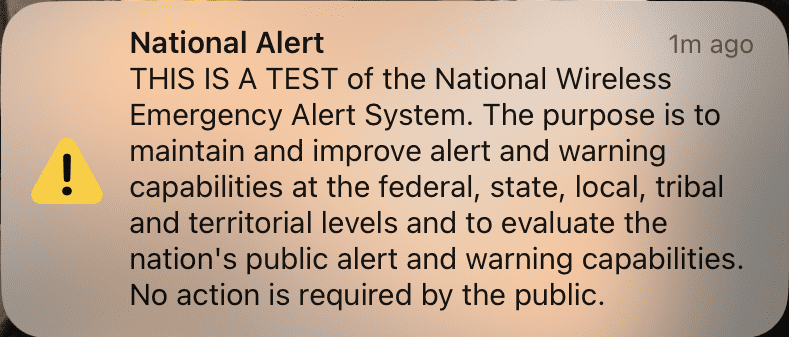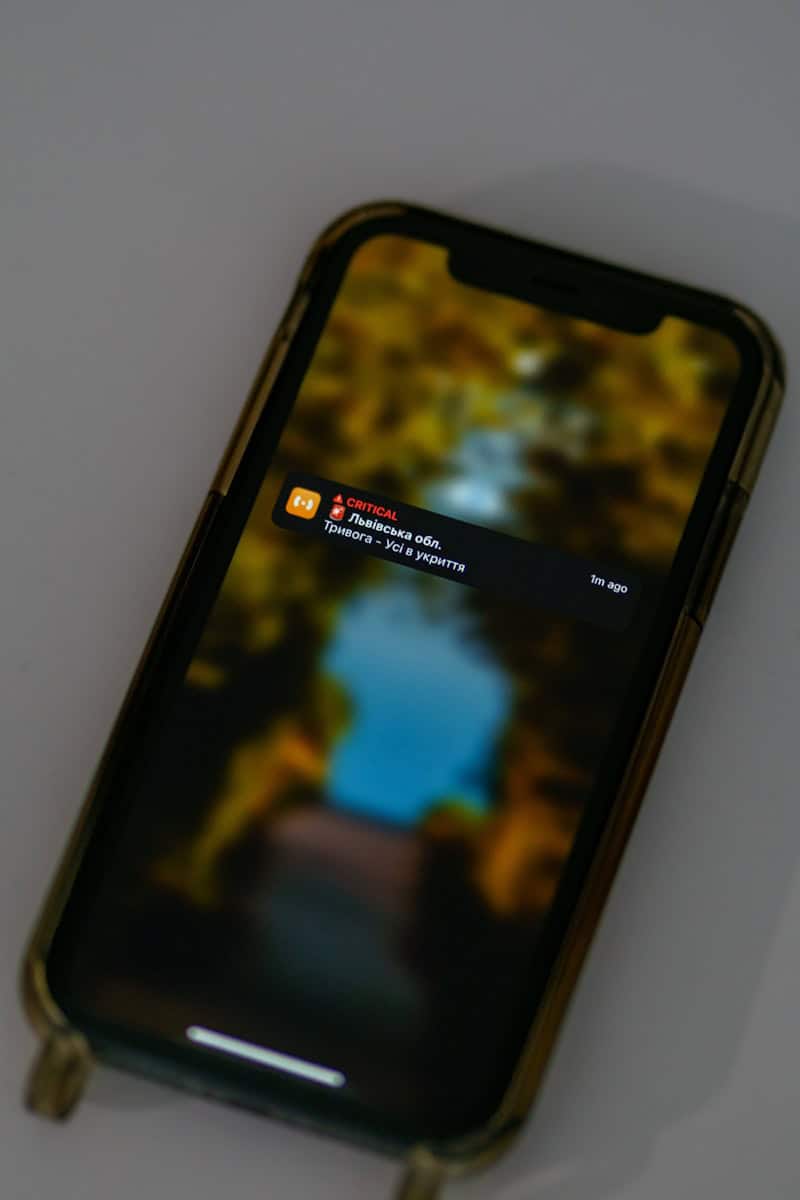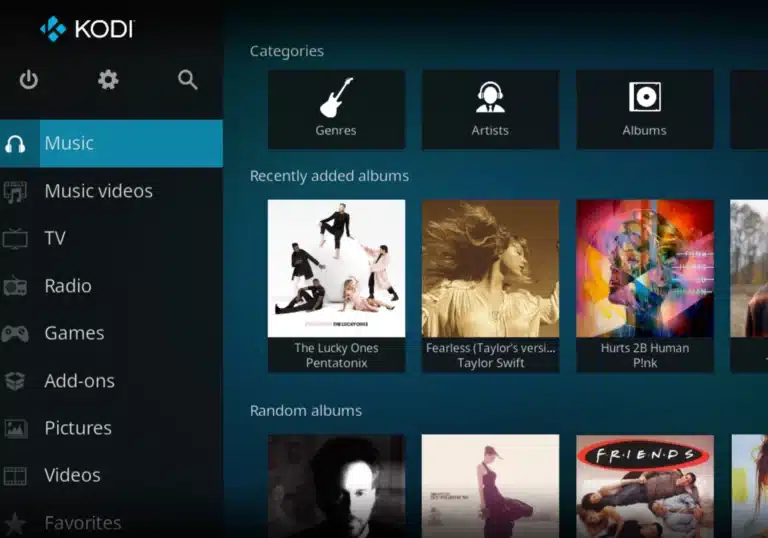In emergencies, people need timely and reliable information to stay safe. The National Wireless Emergency Alert System sends urgent text messages straight to your phone. These alerts provide warnings about severe weather, AMBER Alerts, and other threats to public safety. Since its launch in 2012, this system has been vital in alerting communities about critical situations.
Wireless Emergency Alerts (WEA) work with mobile carriers to deliver these messages to compatible cell phones and devices. The alerts come from government authorities like FEMA, the FCC, and local public safety officials. They are short, usually less than 90 characters, making it easier for everyone to understand quickly.
Every alert features a special tone and vibration to ensure you notice it right away. These messages typically include the type of alert, the time, and any actions you should take. With over 84,000 uses since its introduction, WEAs play a crucial role in keeping the public informed and safe during emergencies.

Understanding National Wireless Emergency Alerts
What are Wireless Emergency Alerts (WEAs)?
Wireless Emergency Alerts, also known as WEAs, are short text messages sent directly to your mobile device. They warn of imminent threats to safety or life. Government agencies issue these alerts. You don’t need to sign up or download an app to receive them.
Types of WEA Messages
There are four main types of WEAs:
- Presidential Alerts: These are issued by the President of the United States or FEMA Administrator for national emergencies.
- Imminent Threat Alerts: These warn of immediate threats like tornadoes, floods, or active shooter situations.
- AMBER Alerts: These help find missing or abducted children.
- Public Safety Messages: These offer safety advice during emergencies.
How WEAs Work
WEAs use cell broadcast technology. This means they can be sent to all compatible phones within a specific area, even if the network is congested.
Unique Sound and Vibration
WEAs have a special sound and vibration pattern. This is repeated twice to catch your attention. It’s different from regular notifications.
Can I Opt Out?
You can’t opt out of Presidential Alerts or Imminent Threat Alerts. These are critical for your safety. However, you can usually turn off AMBER Alerts and Public Safety Messages in your phone’s settings.
Are WEAs Free?
Yes, WEAs are free. They won’t count against your text message limit.
WEA Test Messages
Sometimes, you’ll receive test messages. These help ensure the system is working correctly.
Important Note
WEAs are designed to save lives. Always pay attention to them and follow any instructions.
Key Takeaways
- The National Wireless Emergency Alert System sends urgent texts during emergencies.
- Alerts come from government authorities and work with mobile carriers.
- Messages include the alert type, time, and recommended actions.
System Overview and Operational Mechanics
The national wireless emergency alert system provides crucial information to prevent hazards. It helps keep communities safe by sending timely alerts to mobile devices.
Composition and Participants
The system is a collaboration between federal, state, local, tribal, and territorial authorities. It includes organizations such as FEMA, the Federal Communications Commission (FCC), and the National Weather Service (NWS). Wireless carriers and mobile device manufacturers also play essential roles by enabling alerts on their networks and devices.
The Integrated Public Alert and Warning System (IPAWS) is the central hub. This system aggregates, authenticates, and disseminates alerts. Public safety officials create alerts, and the National Public Warning System delivers them.
Alert Types and Content Rules
The system uses specific alert categories to convey important information. These include presidential alerts, imminent threat alerts, AMBER alerts, and public safety messages. Presidential alerts are issued by the president for national emergencies.
Imminent threat alerts warn about severe weather or natural disasters. AMBER alerts help find abducted children. Public safety messages provide information about other critical situations.
Messages must be clear, concise, and actionable. They often include a special tone and vibration to get attention. The structure follows the Common Alerting Protocol guidelines.
Delivery Process and Technologies
The alert process involves several steps. First, alert originators, such as authorized government authorities, create messages using IPAWS. Then, the alert is sent to a federal aggregator for verification.
Once verified, the alert is formatted and sent to wireless carriers. The wireless carriers then broadcast the alert from cell towers to all WEA-capable phones within the target area. This ensures geographic specificity and maximum reach.
Cell tower broadcast technology is used to prevent network congestion. Alerts are designed to reach mobile users quickly, even if the network is busy. The system also supports clear text messages to convey vital information promptly.
Frequently Asked Questions
Wireless emergency alerts systems send critical messages to mobile devices to warn about emergencies. These questions address how to activate and manage alerts on your phone and the security of these systems.
How do I enable emergency alerts on my iPhone?
To enable emergency alerts on an iPhone, go to Settings. Tap Notifications. Scroll to the bottom and turn on Emergency Alerts and Public Safety Alerts.
What is the proper way to test the Emergency Alert System?
Testing the Emergency Alert System involves scheduled alerts by authorities. Users do not need to take action during these tests. The system sends a test message to ensure it’s functioning properly.
How can one receive emergency alerts on an Android device?
On an Android device, open the Settings app. Select Apps & notifications. Then tap Wireless Emergency Alerts. Turn on Emergency Alerts and adjust the settings as desired.
Why might someone not receive an emergency alert on their phone?
A few reasons include the phone’s settings, coverage, or if the phone is turned off. Sometimes, being in an area with poor signal can also prevent messages from coming through.
What should be done if one receives an unexpected emergency alert text message?
If you receive an unexpected emergency alert, do not ignore it. Follow the instructions provided. If unsure of the alert’s origin, contact local authorities for verification.
Are applications for wireless emergency alerts considered secure?
Wireless emergency alert systems are designed to be secure. They follow strict protocols to ensure messages are sent accurately and safely. Regular updates and checks maintain this security.







